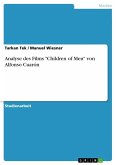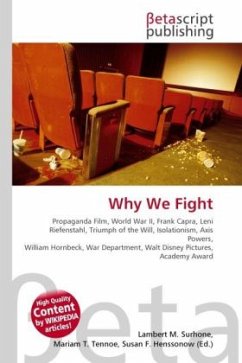Bachelor Thesis from the year 2016 in the subject Film Science, grade: 56.00%, University for the Creative Arts, course: Creative Arts for Theatre & Film, language: English, abstract: The subject that will be covered in this dissertation is the use of Anthropomorphism in animated film including Halas & Batchelor's "Animal Farm", Disney's "Beauty and the Beast" and "The Lion King". Why do films such as these use animals as the protagonist? The dissertation analyses the research found on anthropomorphism and the authors that have covered the reasons why animals are used so widely in animation. The term anthropomorphism is used when an animal or object is given human characteristics and behaviour. The first implication of anthropomorphism came about in the late 19th century and as independent scholar Nigel Rothfels states: "It was during the nineteenth century, with the rise of modernism in literature and art that animals came to occupy the thoughts of a culture in transition. As they disappeared, animals became increasingly the subjects of a nostalgic curiosity." (Rothfels, 2002:124) Rothfels informs us that the original meaning of anthropomorphism was connected with the use of animal icons in religion. Lecture Robin Allan in his essay "European influences on early Disney feature films" (1997:245) agrees that anthropomorphism is ancient and from "Aesop onwards (it) has been used for many purposes including social and political satire." During modernity there was a shift in beliefs and with this change animals represented culture in transition and there was an element of sentimentality to anthropomorphism and in the 20th century the growth of technology saw this expand further. According to evidence gathered from research in sociology covered in more depth in Sun Ping, Teacher of Ideological and Political Theory at a University in Beijing article (May 2015) Animals and humans share many similar traits and that it is possible for humans and animals to interact harmoniously.








